History is full of figures who have been misunderstood, their legacies shaped by misinformation, bias, or the lens of the time they lived in. These individuals, often seen through a distorted lens, may have been labeled unfairly, their true contributions or intentions buried beneath layers of myth. From revolutionaries to rulers, their stories are more complicated than we often realize.
Some of these historical figures, once vilified or forgotten, now deserve a second look. With modern scholarship and a broader understanding of history, we’re starting to recognize that these individuals might not have been as bad—or as good—as we were taught. It’s time to take a fresh perspective on the lives and actions of these misunderstood icons, seeing them for who they truly were rather than who history made them out to be.
Niccolò Machiavelli
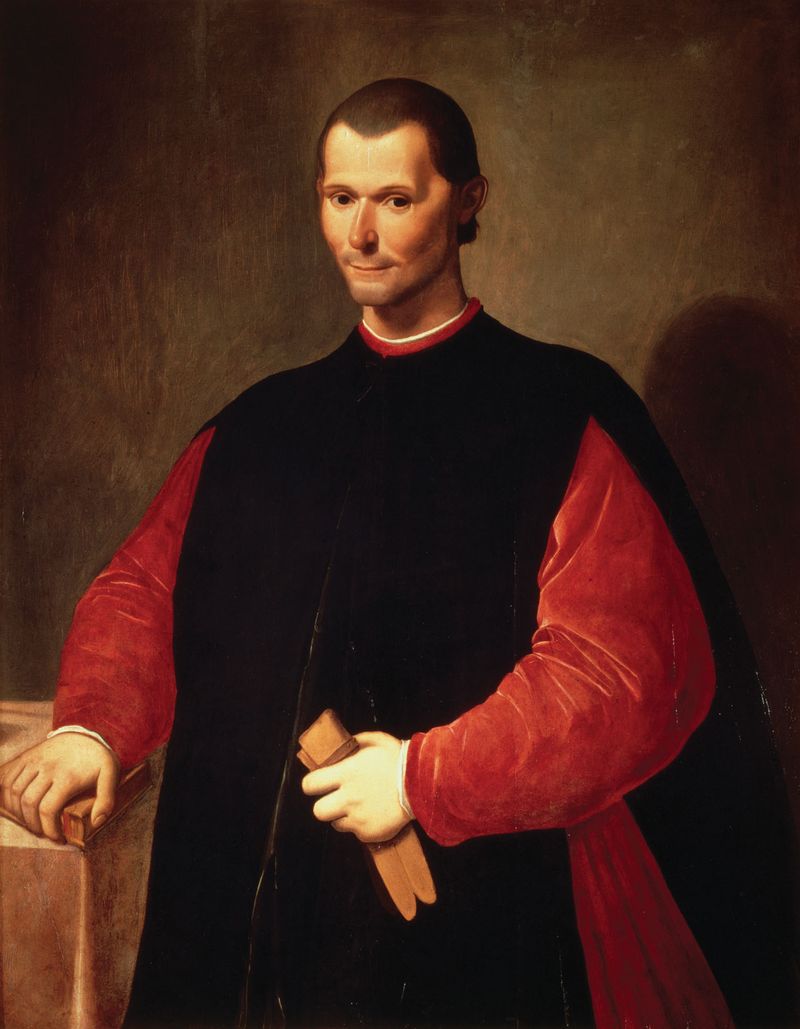
Niccolò Machiavelli, the Renaissance political philosopher, often evokes the image of cunning and unscrupulousness due to his work, “The Prince.” However, this interpretation overlooks his nuanced understanding of power dynamics and governance.
Rather than advocating tyranny, Machiavelli sought to offer practical advice for maintaining stability and unity in fragmented Italy.
His writings reflect a deep concern for the welfare of the state, emphasizing realism over idealism.
Misread through a modern lens, his insights actually highlight the importance of adaptability and strategic thinking in leadership, making him a misunderstood yet pivotal figure in political thought.
Marie Antoinette
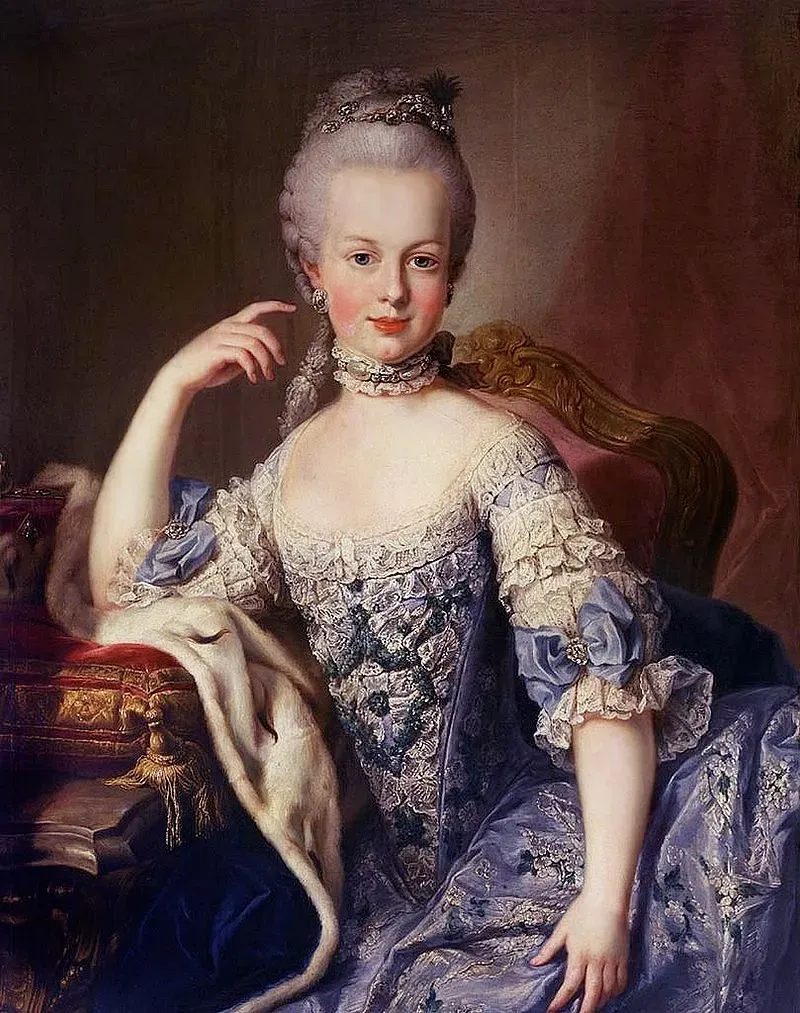
Marie Antoinette, the French queen, is famously misquoted for saying, “Let them eat cake.” This phrase, emblematic of her supposed indifference to the plight of the poor, never actually crossed her lips.
She was a complex figure whose lavish lifestyle fueled public wrath amidst France’s economic woes.
However, she demonstrated political acumen and empathy, particularly in her efforts to reform the country’s finances and ease her subjects’ suffering.
Her downfall was intricately tied to revolutionary fervor rather than mere personal folly, exemplifying how myth can overshadow the multifaceted reality of historical figures.
Galileo Galilei
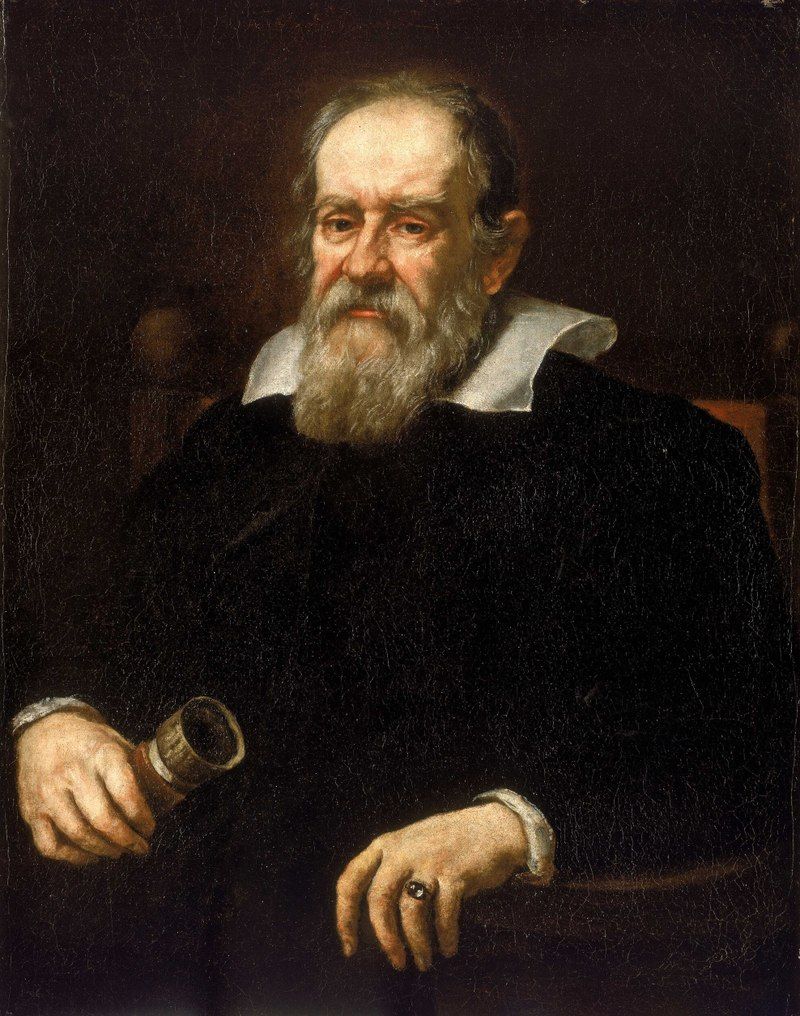
Galileo Galilei, celebrated as the father of modern astronomy, is often remembered for his clash with the Catholic Church.
While he supported the Copernican view of a heliocentric universe, his trial was less about science and more about ecclesiastical authority.
Galileo sought to reconcile his findings with his faith, challenging dogma with evidence-based reasoning.
Misunderstanding arose from the tension between emerging scientific inquiry and established religious doctrine.
His legacy encompasses both his scientific achievements and his courageous advocacy for intellectual freedom, positioning him as a misunderstood trailblazer in the history of science.
Cleopatra
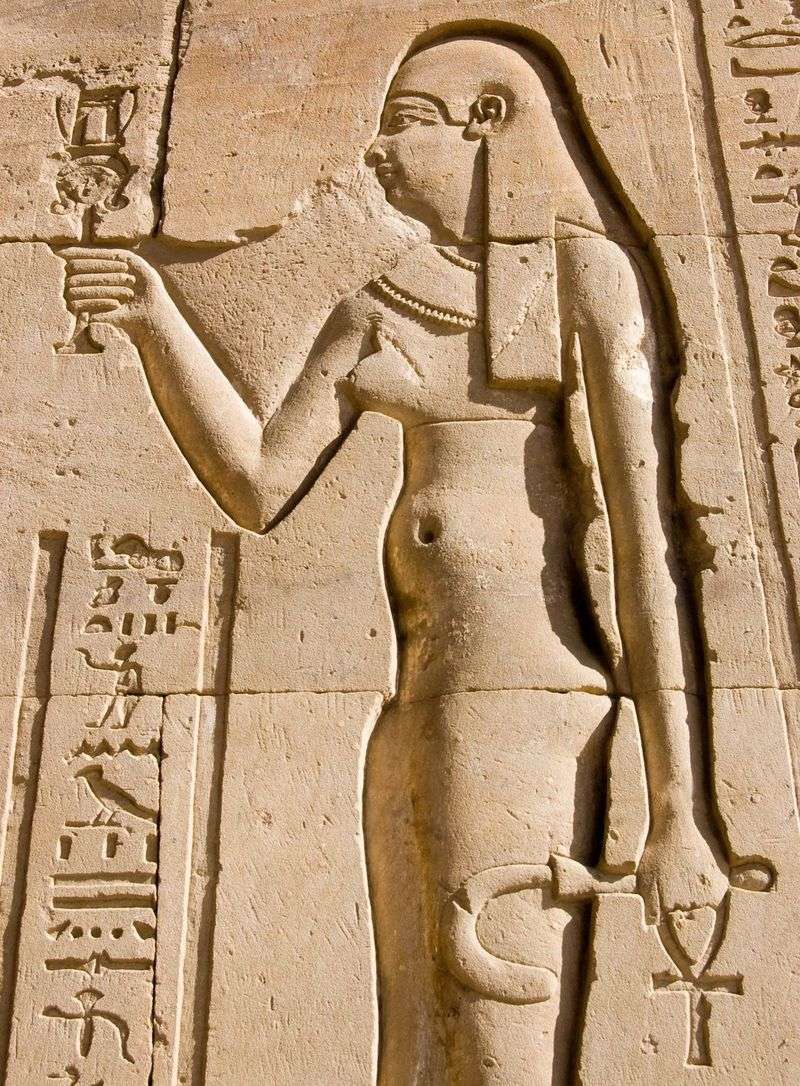
Cleopatra, the last Pharaoh of Egypt, is often depicted as a seductive manipulator in popular culture.
This characterization oversimplifies her formidable political acumen and leadership skills.
As a ruler, she was deeply invested in her kingdom’s prosperity, strategically aligning with Roman leaders to preserve Egypt’s autonomy.
Her intelligence and charm were tools in diplomacy, not mere instruments of seduction.
Cleopatra’s life reflects the complexities of power and gender, where her strategic alliances and cultural astuteness were key in navigating the treacherous waters of Roman politics, making her an extraordinary yet misunderstood figure.
Rasputin
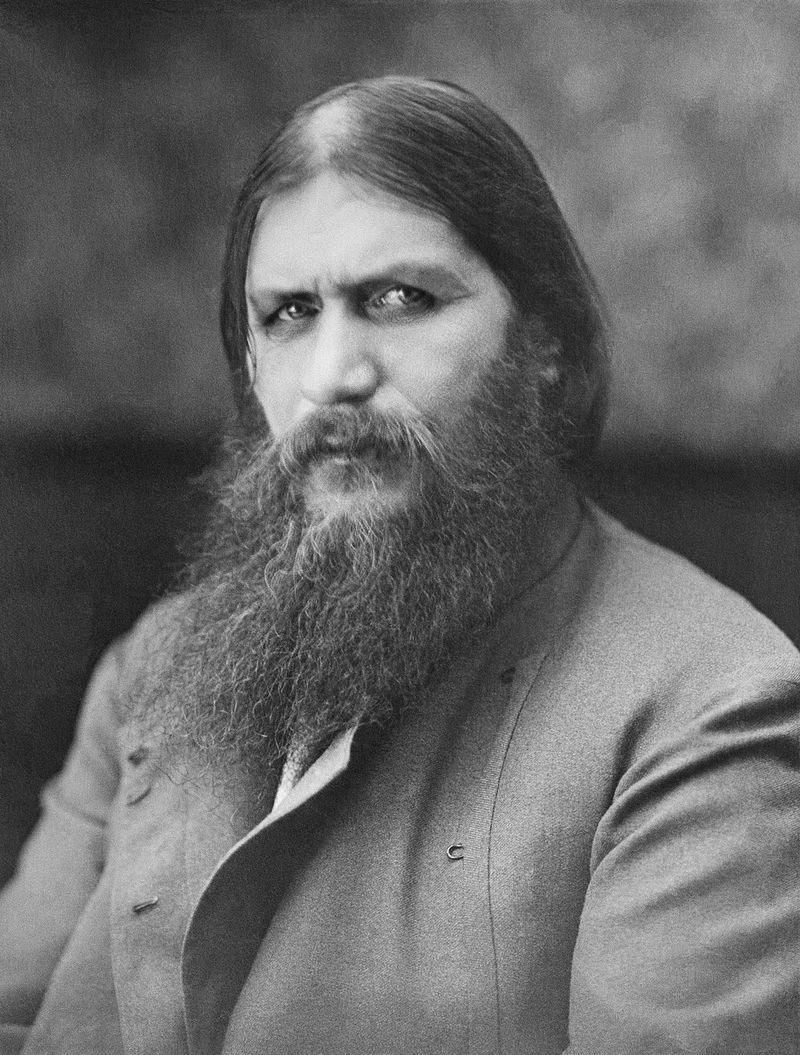
Grigori Rasputin, the Russian mystic, is shrouded in legends of debauchery and supernatural influence.
Known as the “Mad Monk,” his closeness to the Romanovs sparked envy and suspicion.
However, Rasputin’s role was more nuanced; his influence stemmed from his ability to ease the hemophilia sufferings of the Tsar’s son.
His spiritual teachings, focused on healing and faith, were eclipsed by rumors and political turmoil.
Misunderstood, his legacy is a blend of myths and reality, highlighting the challenges of interpreting the enigmatic personalities that shape history, especially amid societal upheavals.
Joan of Arc
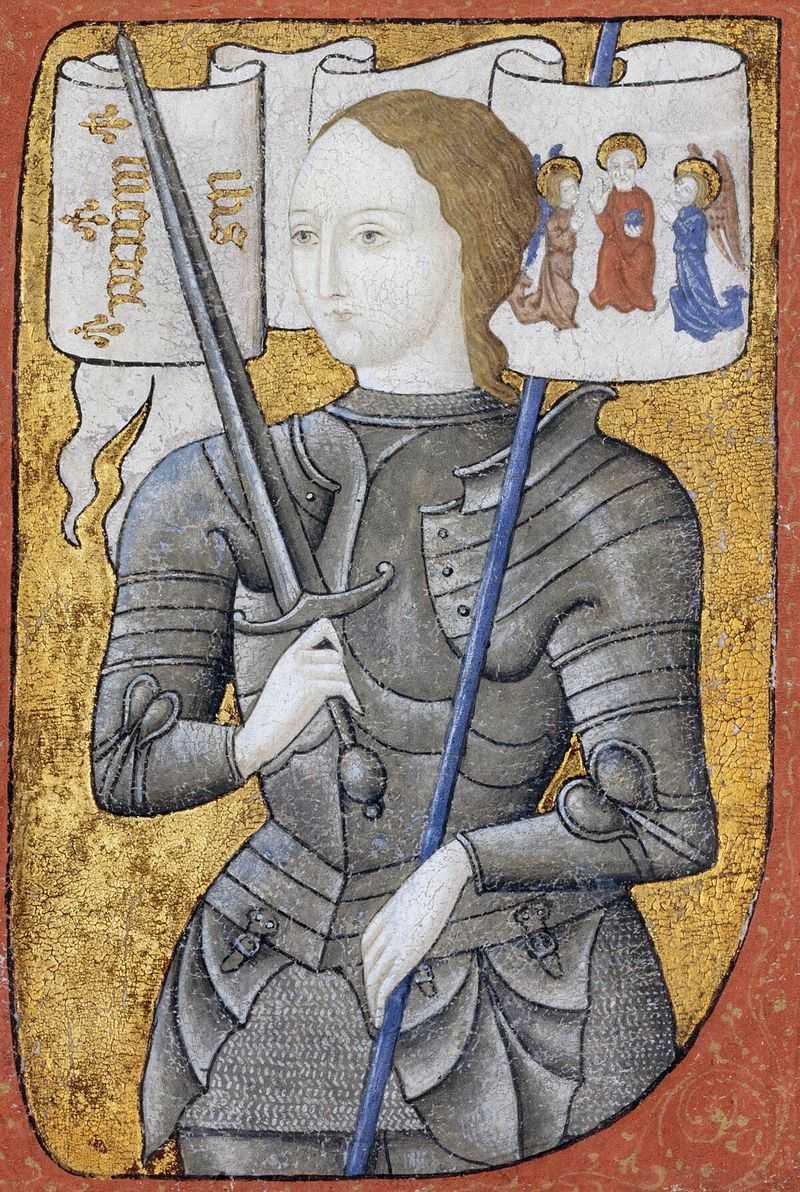
Joan of Arc, the Maid of Orléans, is remembered as a saint and martyr, yet her life was fraught with controversy.
While celebrated for her divine visions and leadership in the Hundred Years’ War, many saw her as a heretic.
Her trial was politically motivated, a reflection of power struggles within the Church and French nobility.
Joan’s courage and faith inspired a nation, but her execution underscored the brutal reality of medieval justice.
Her story exemplifies the dichotomy between religious fervor and political expediency, making her a revered and misunderstood icon in history.
Vincent van Gogh
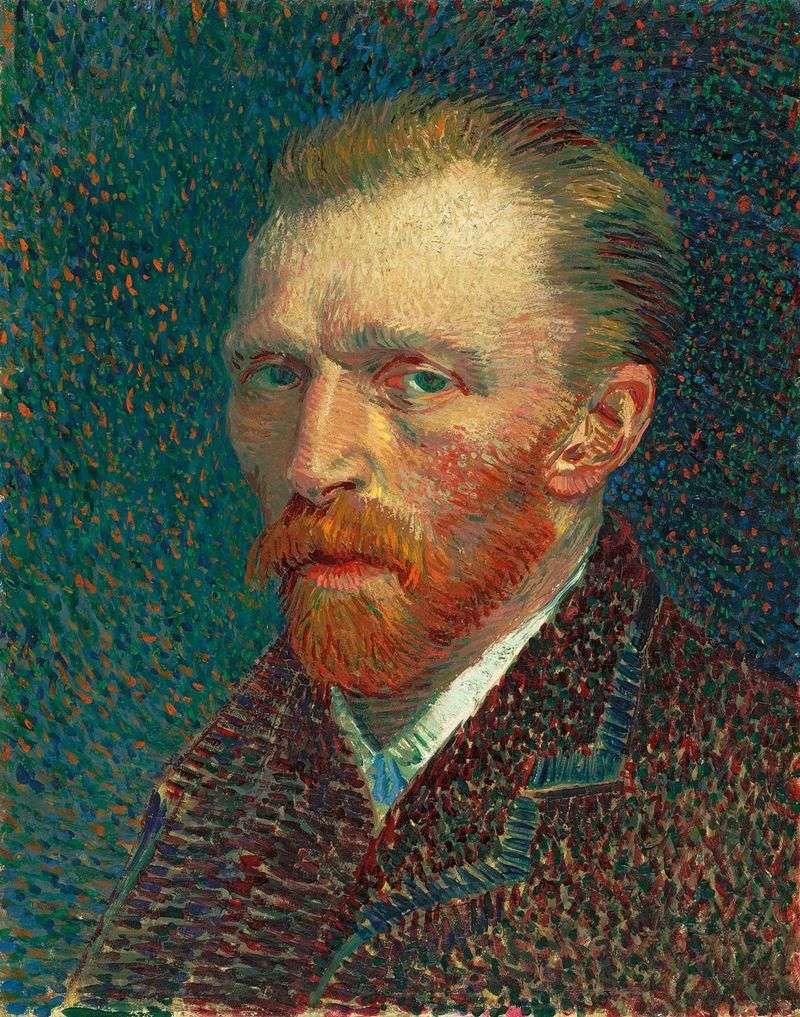
Vincent van Gogh, the iconic Dutch painter, is often seen through the lens of his mental struggles.
His vivid paintings, now celebrated worldwide, were largely unappreciated during his lifetime.
Misunderstood by his contemporaries, van Gogh’s post-impressionist work explored emotion and color in groundbreaking ways.
His mental health challenges, including episodes of psychosis, overshadowed his artistic genius.
Yet, van Gogh’s legacy is one of resilience and innovation, demonstrating how his struggles fueled a profound artistic vision that continues to inspire and resonate across cultures, transforming him from a misfit to a master.
Mary Magdalene
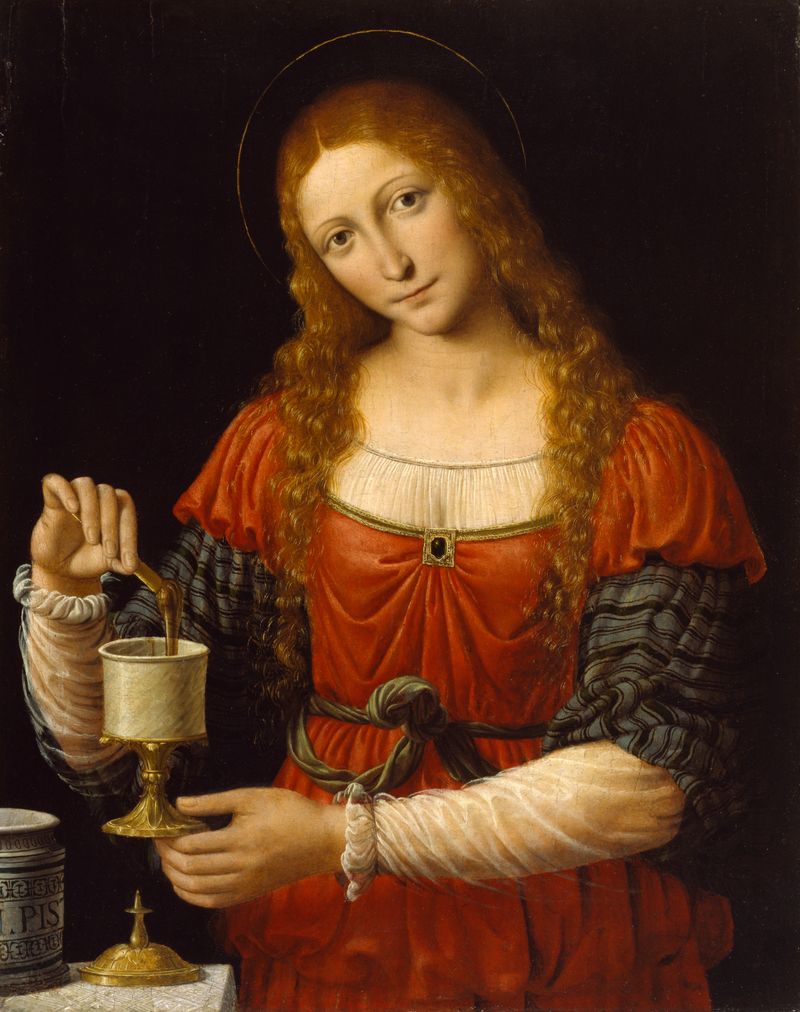
Mary Magdalene, a prominent figure in the Christian New Testament, has often been inaccurately portrayed.
Traditionally depicted as a repentant prostitute, this image is a misinterpretation of biblical texts.
She was, in fact, a devoted disciple of Jesus, witnessing his crucifixion and resurrection.
Recent scholarship highlights her significant role in early Christian communities, challenging long-held misconceptions.
Mary Magdalene’s story reflects the broader theme of misrepresentation in religious history, where her true contributions as a leader and follower are only now being acknowledged, shedding light on the complexities of her character and faith.
Catherine the Great
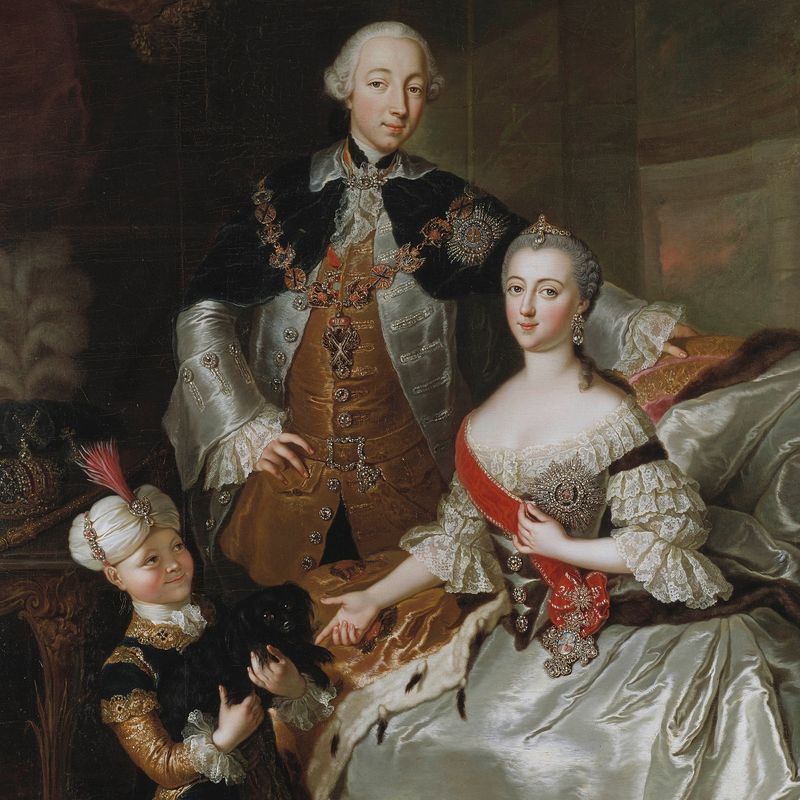
Catherine the Great, Empress of Russia, is often depicted as a ruthless ruler, yet her reign was marked by enlightenment and reform.
Known for her ambitious expansion and modernization, she embraced Western philosophies, patronized the arts, and reformed education.
Her personal life, often sensationalized, overshadows her achievements in governance.
Catherine’s forward-thinking policies and cultural patronage fostered a golden age in Russia.
Her leadership style, though autocratic, was driven by a vision for progress and development, making her a misunderstood yet transformative figure in Russian history, balancing power with cultural sophistication.
Mata Hari
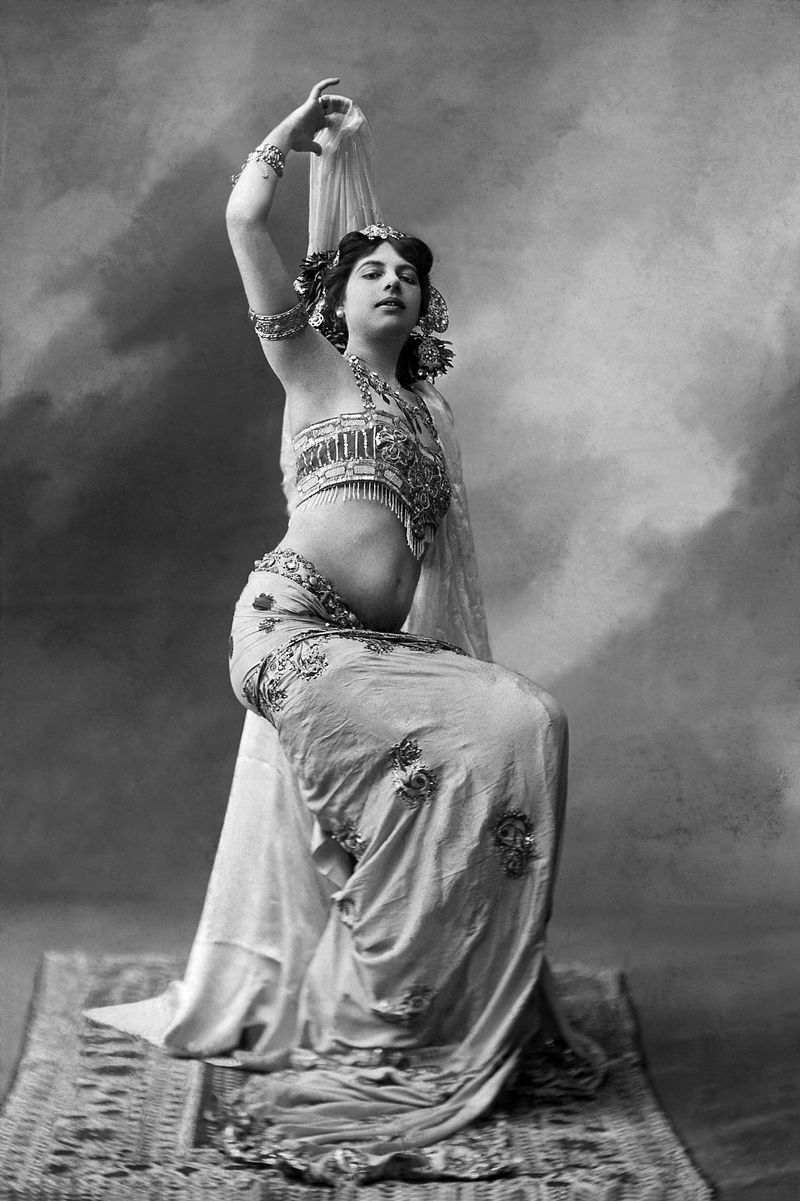
Mata Hari, the exotic dancer turned spy, remains one of history’s most enigmatic figures.
Born Margaretha Zelle, her performances captivated audiences across Europe.
During World War I, her espionage activities led to her execution by the French, dubbing her a traitor.
Yet, the extent of her espionage remains debated.
Her trial was more a spectacle than justice, with her femininity scrutinized more than her alleged crimes.
Mata Hari’s story underscores the complexities of wartime hysteria and gender bias, where myth often eclipses truth, making her a misunderstood icon of intrigue and allure.
Saladin
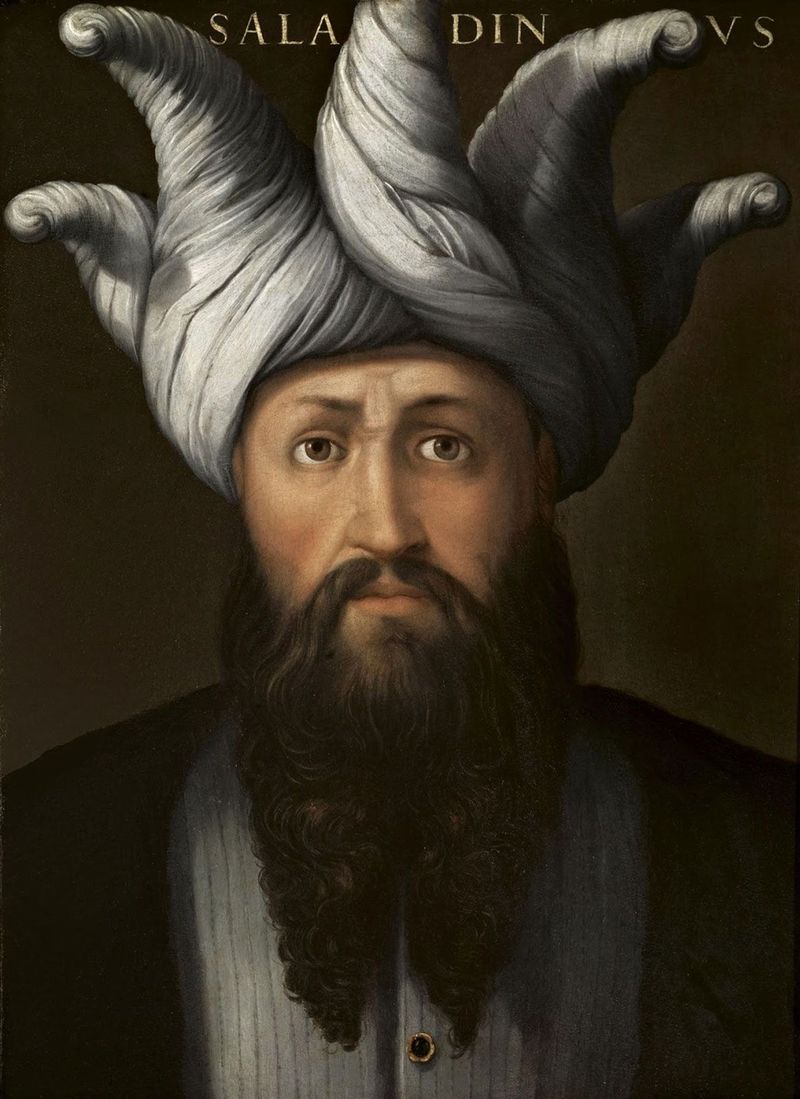
Saladin, the Kurdish general who recaptured Jerusalem from the Crusaders, is often viewed one-dimensionally as an enemy of Christendom.
However, he was celebrated for his chivalry and mercy, even by his adversaries.
Saladin’s leadership was marked by strategic brilliance and a commitment to unity among Muslim factions.
His humane treatment of prisoners and respect for diverse faiths challenge the simplistic portrayal of a mere military adversary.
Saladin’s legacy is one of dignity and diplomacy, showcasing how his virtues transcended the battlefield, earning him respect across cultural divides, making him a misunderstood hero in both East and West.
Moctezuma II
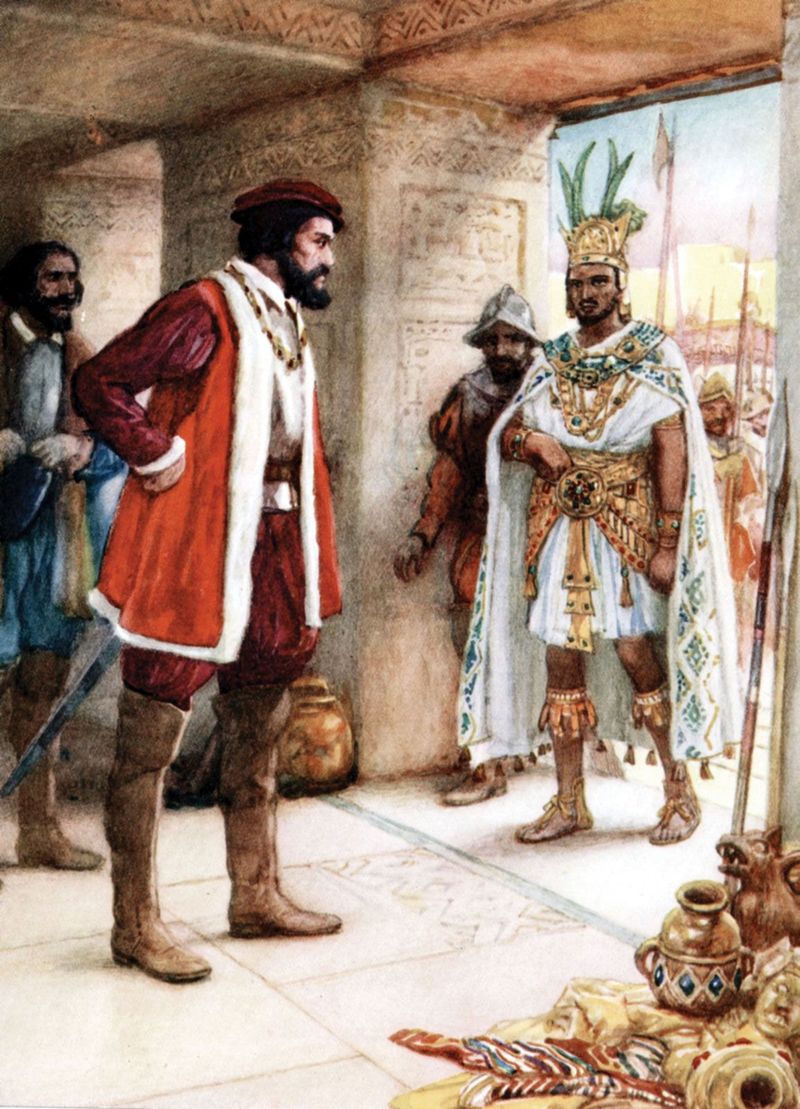
Moctezuma II, the last ruler of the Aztec Empire, is often viewed through the lens of his defeat by Spanish conquistadors.
His reign was marked by prosperity and cultural advancement, yet he is remembered for his indecision during Hernán Cortés’ invasion.
Moctezuma’s attempts to diplomatically engage with the Spaniards reflect a strategic, albeit unsuccessful, effort to protect his empire.
His legacy is overshadowed by the empire’s fall, obscuring his achievements in governance and culture.
Moctezuma’s story is a testament to the challenges of leadership amid external threats, making him a complex and misunderstood figure in history.
Richard III
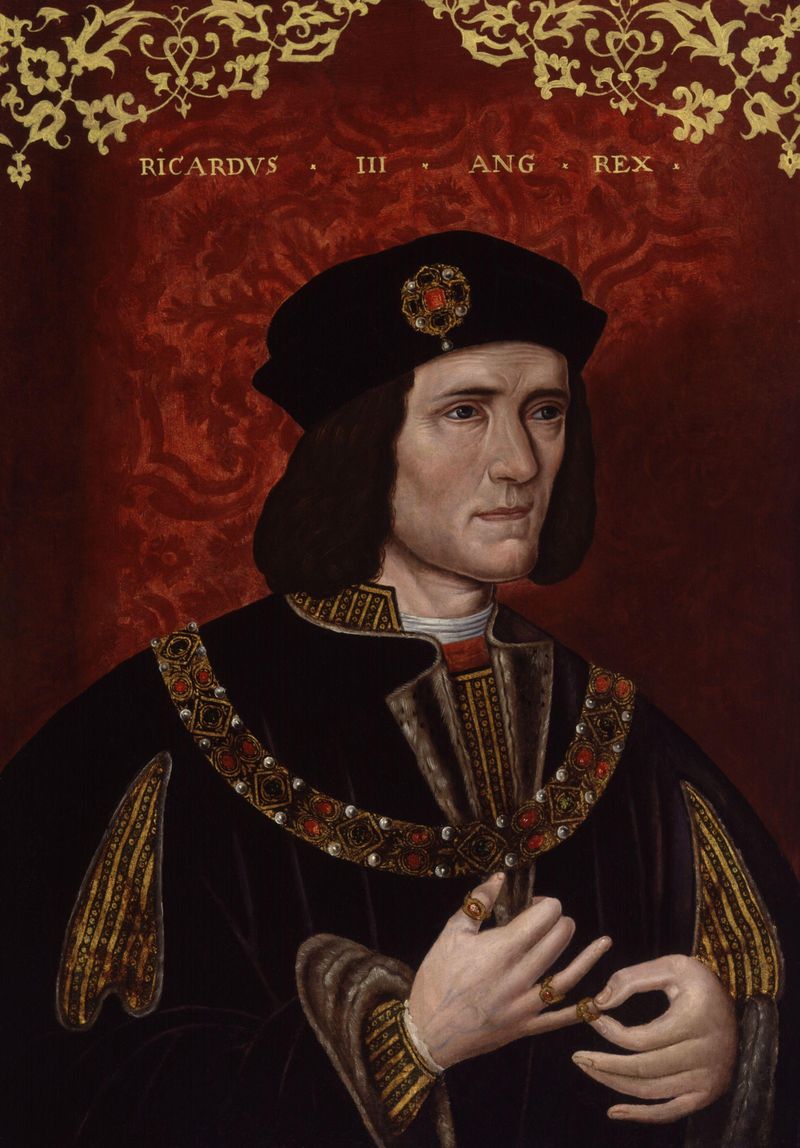
Richard III, the last Plantagenet king of England, is often vilified as a tyrant and usurper, largely due to Shakespeare’s portrayal.
His short reign was marred by political strife, but recent evidence suggests he was a capable administrator.
The discovery of his remains and subsequent research challenge the traditional narrative, highlighting his legal reforms and efforts to maintain order.
Richard’s reputation is a classic example of historical character assassination, where political propaganda overshadowed reality.
His story encourages a reevaluation of how history is recorded and remembered, portraying him as a misunderstood monarch.
Boudica
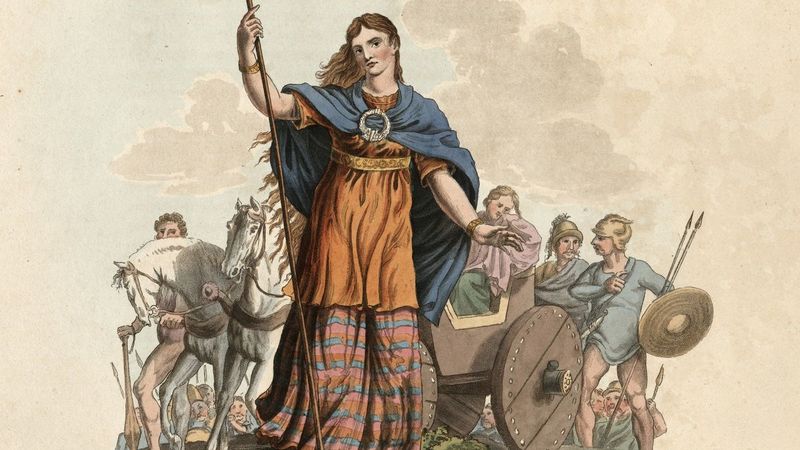
Boudica, the warrior queen of the Iceni tribe, is celebrated for leading a revolt against Roman occupation in Britain.
Often depicted as a barbarian, her uprising was driven by injustice following the Roman annexation of her kingdom.
Boudica’s leadership and ferocity challenged the might of Rome, yet her defeat and subsequent vilification by Roman historians obscure her achievements.
She symbolized resistance against oppression, representing the spirit of freedom and justice.
Boudica’s legacy is a powerful reminder of the struggles indigenous leaders face, making her an iconic yet misunderstood figure in ancient history.
Socrates
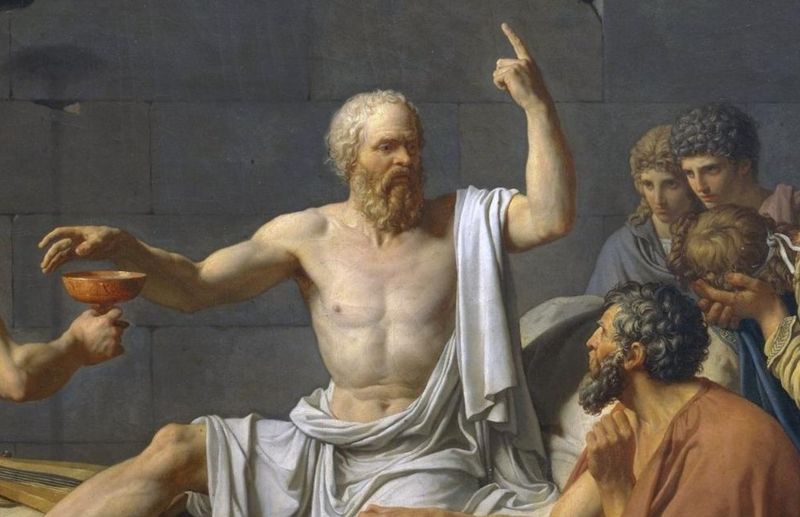
Socrates, the classical Greek philosopher, is best known through the accounts of his students, notably Plato.
Renowned for his method of questioning, he sought to illuminate truth through dialogue.
Socrates’ trial and subsequent execution for corrupting youth and impiety are often misunderstood as mere consequences of his ideas.
In reality, his philosophical inquiries challenged Athenian norms, threatening established power structures.
Socrates’ commitment to truth and ethics, even in the face of death, underscores his profound impact on Western thought, illustrating the tensions between individuality and societal norms, making him a misunderstood intellectual.
Hatshepsut
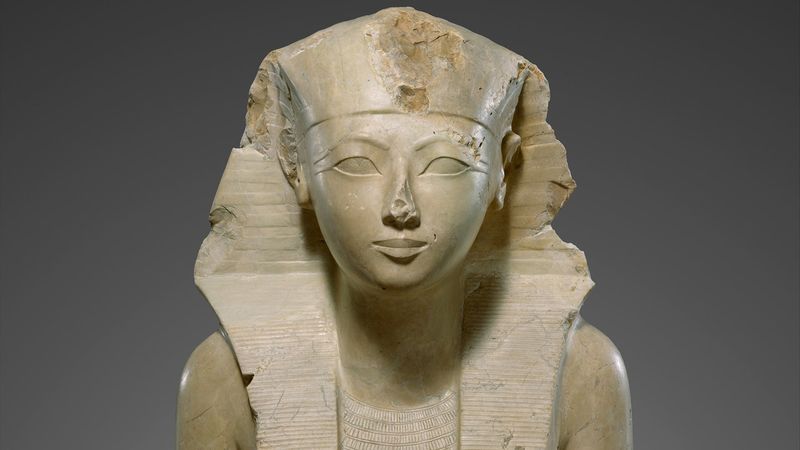
Hatshepsut, one of ancient Egypt’s few female pharaohs, is often overshadowed by her male counterparts.
Her reign was marked by prosperity, architectural innovation, and trade expansion, yet she was often depicted as an anomaly.
Her stepson attempted to erase her legacy, further complicating her historical narrative.
Hatshepsut’s choice to portray herself as male in statuary underscores the complexities of gender and power.
Her story challenges traditional gender roles and highlights how her effective rule contributed to Egypt’s golden era, making her an extraordinary yet misunderstood leader in the annals of history.
Che Guevara
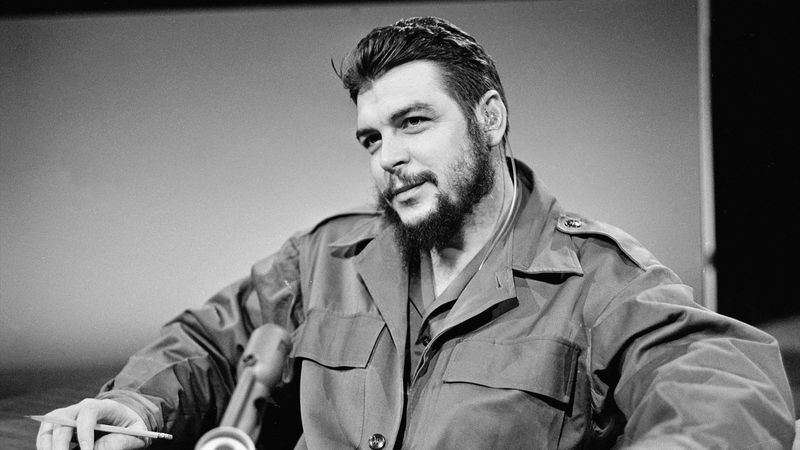
Che Guevara, the Argentine revolutionary, is both a symbol of rebellion and a controversial figure.
His role in the Cuban Revolution and his vision for worldwide socialism are often romanticized or vilified.
Guevara’s commitment to anti-imperialism and social justice was matched by his willingness to employ violent means.
His image, immortalized in popular culture, oversimplifies the complexities of his ideology and methods.
Che’s story is a reflection of revolutionary zeal and the moral ambiguities within political movements, making him a polarizing yet misunderstood revolutionary, whose legacy continues to inspire debate.
Anne Boleyn
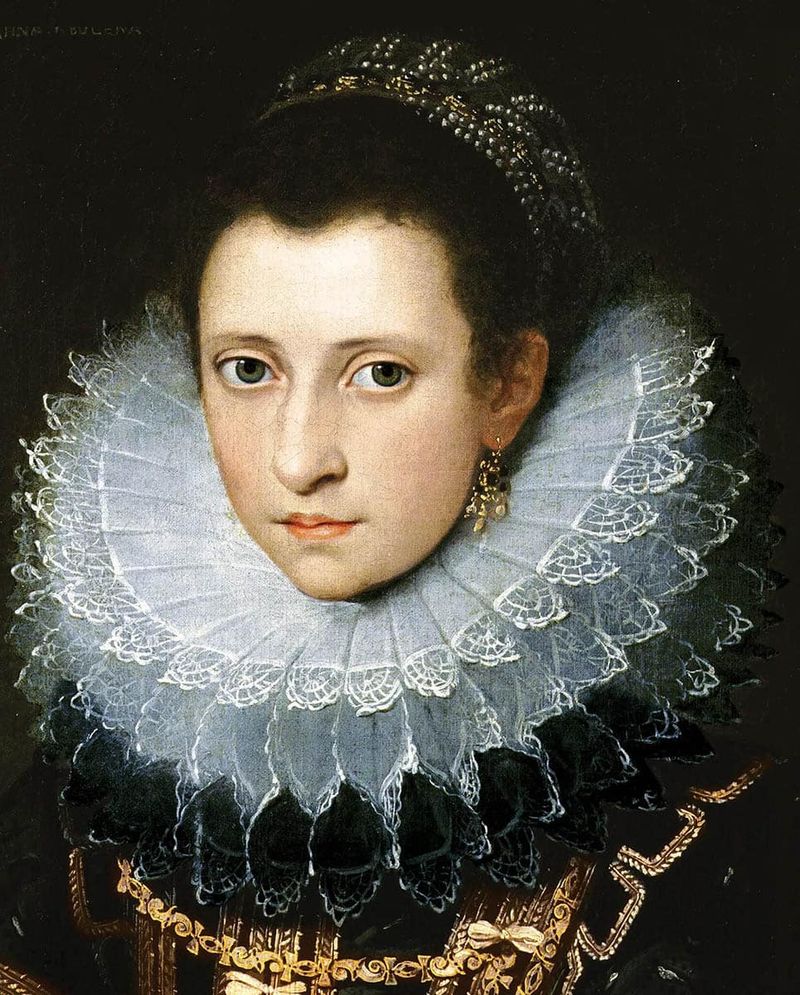
Anne Boleyn, the second wife of Henry VIII, is often remembered for her tragic execution rather than her contributions to English history.
Her marriage to Henry catalyzed the English Reformation, altering the religious landscape.
However, her life was mired in rumors and political machinations, casting her as a manipulative seductress.
Anne’s intelligence, influence at court, and patronage of the arts were pivotal yet overshadowed by her downfall.
Her story is emblematic of the perilous dynamics of power and gender, making her a complex and often misunderstood figure in Tudor history.
Emperor Nero
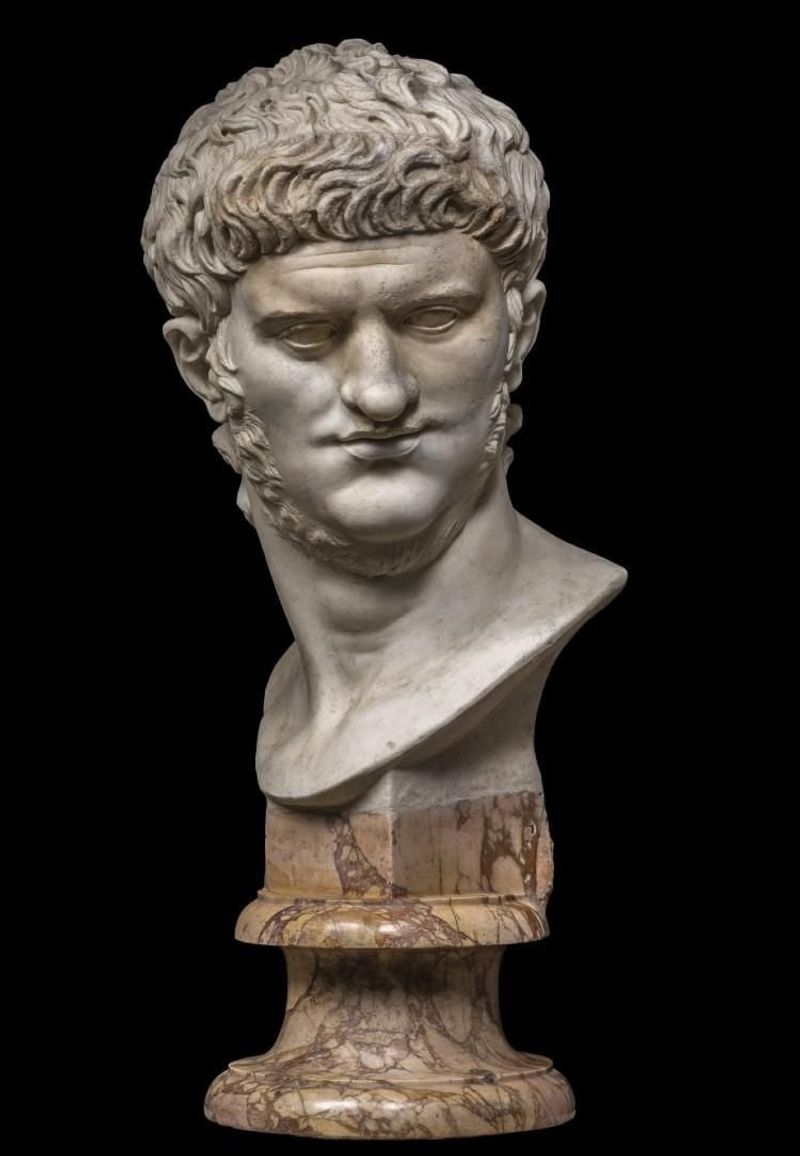
Emperor Nero, infamous for tyranny and decadence, is a quintessential example of historical vilification.
His rule saw the Great Fire of Rome, which rumors inaccurately claimed he orchestrated.
Nero’s patronage of the arts and public games contributed to Roman culture, yet his erratic behavior and political purges clouded his legacy.
He was a complex figure, simultaneously admired and despised.
Nero’s story highlights the dangers of absolute power and how history can transform rulers into caricatures, making his reign a subject of intrigue and misunderstanding, challenging traditional narratives of Roman emperors.
Geronimo

Geronimo, the Apache leader, is often depicted as a ruthless warrior, yet his life story reveals a more nuanced narrative.
He fought relentlessly to protect Apache lands from U.S. expansion, embodying resistance against imperialism.
While seen as a rebel by his adversaries, Geronimo’s leadership was rooted in the defense of his people’s way of life.
His surrender marked the end of Native American resistance, yet he became a symbol of resilience and pride.
Geronimo’s legacy is intertwined with the broader struggle of indigenous peoples, illustrating the complexities of his misunderstood role in American history.
Thomas Paine
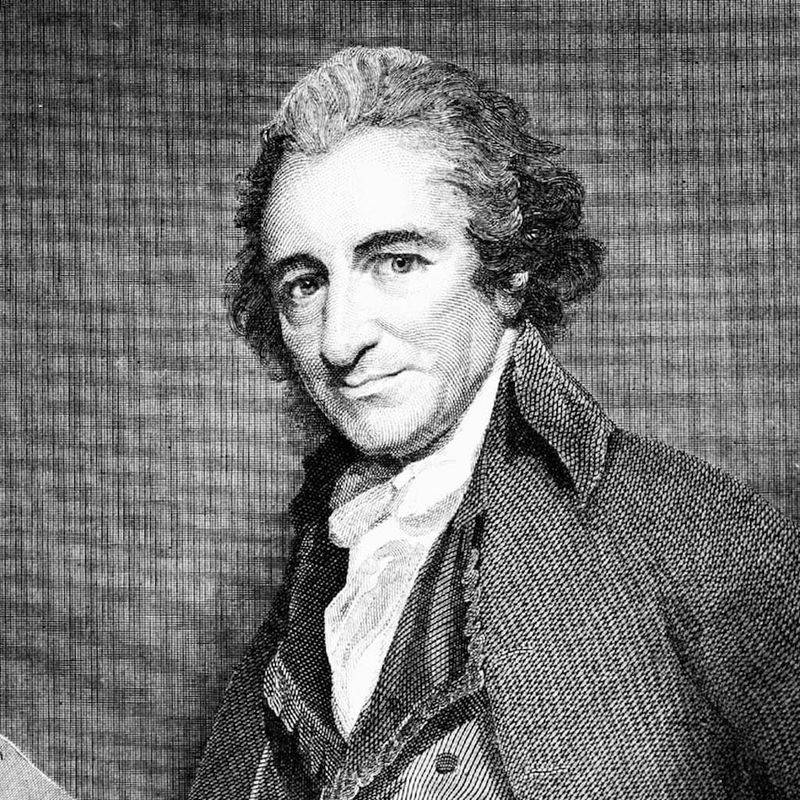
Thomas Paine, the political activist, is celebrated for his influential pamphlets like “Common Sense,” advocating American independence.
Yet, his radical ideas about government, religion, and society often positioned him as a controversial figure.
Paine’s advocacy for democratic principles and social justice was visionary, but his criticism of organized religion in “The Age of Reason” led to vilification.
Despite his pivotal role in shaping modern political thought, Paine died largely unappreciated.
His legacy challenges readers to reconsider conventional beliefs, making him an intellectual pioneer and a profoundly misunderstood figure in revolutionary history.
Empress Dowager Cixi
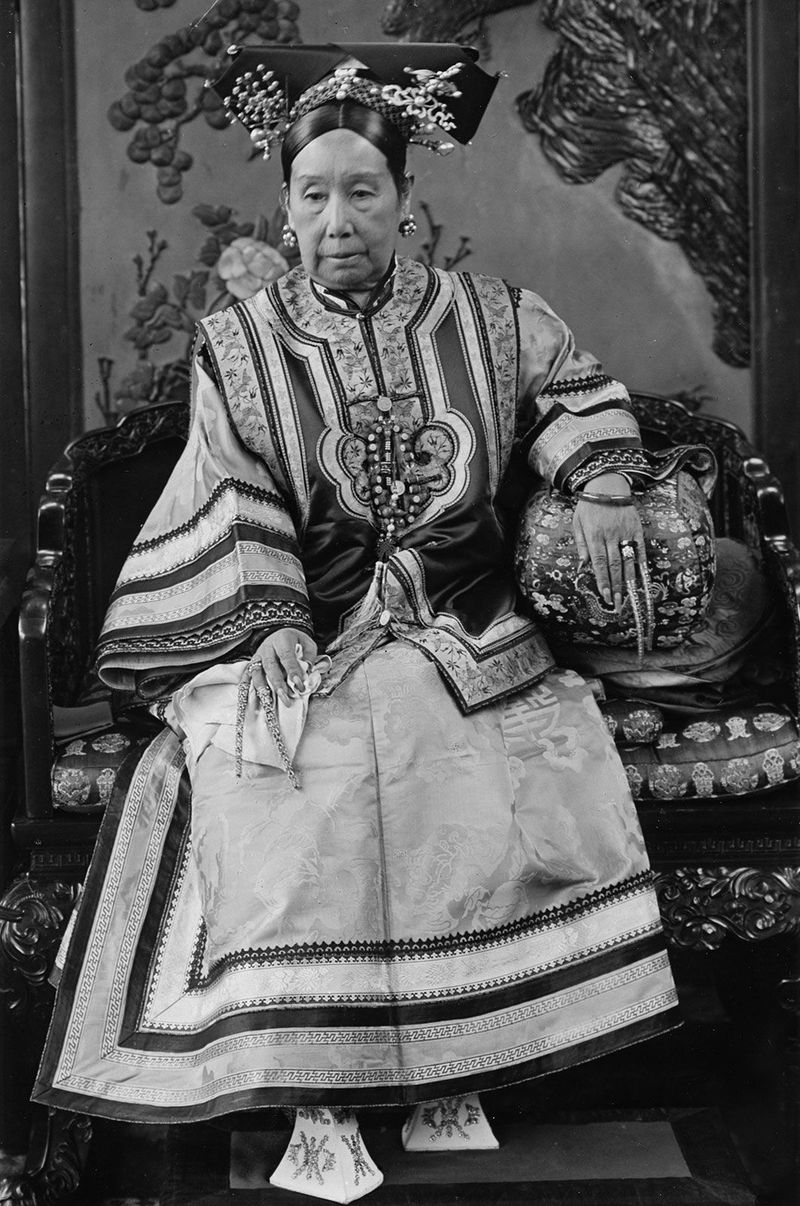
Empress Dowager Cixi, often portrayed as a conservative despot, was actually a shrewd and reformative ruler.
She wielded considerable power during the late Qing Dynasty, navigating complex political landscapes.
Cixi’s efforts to modernize China were overshadowed by her portrayal as a resistant traditionalist.
Her diplomatic and cultural initiatives, along with her support for technological advancements, reflected a nuanced approach to governance.
Empress Dowager Cixi’s story challenges simplistic historical narratives, underscoring her role in shaping China’s transition into the modern era, making her a misunderstood yet pivotal figure in Chinese history.
